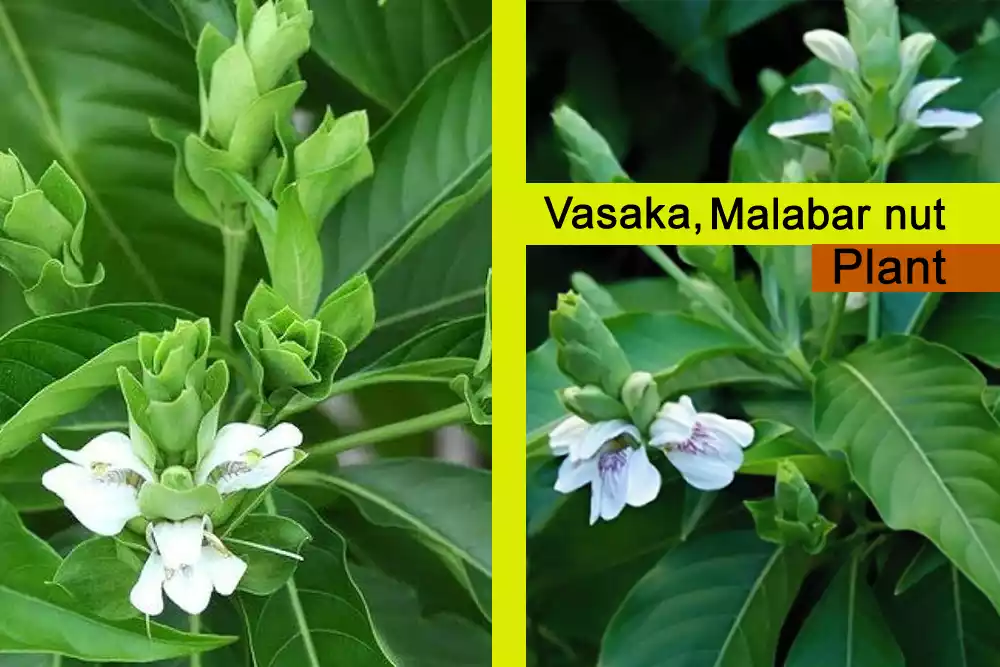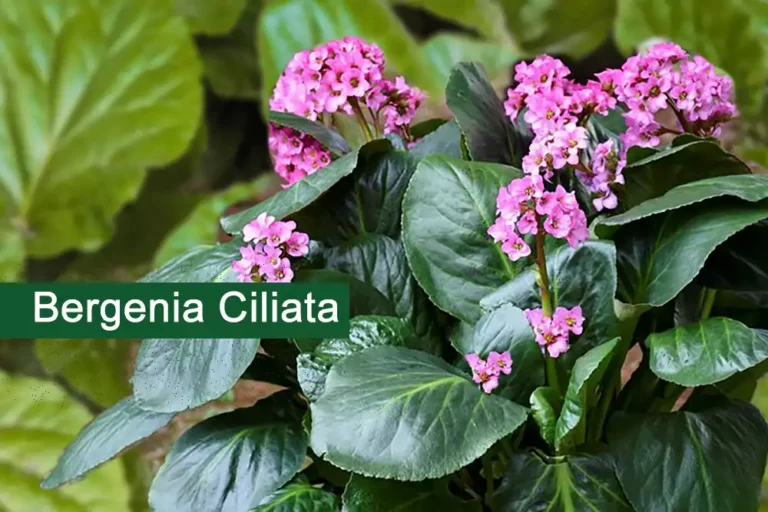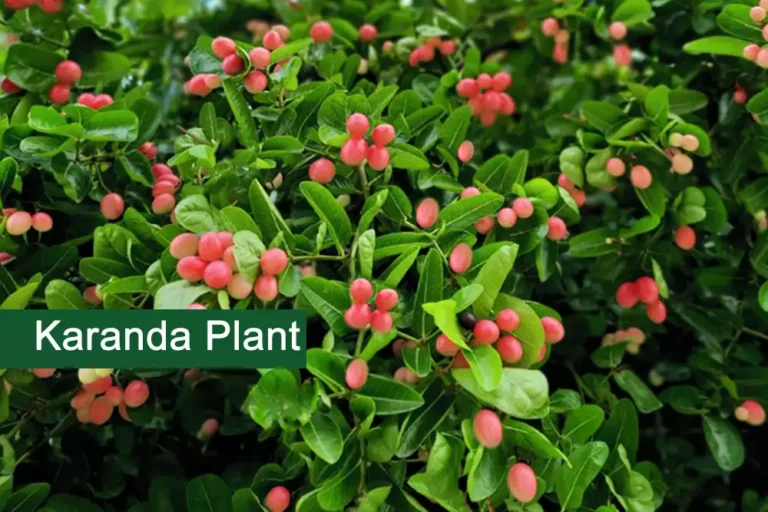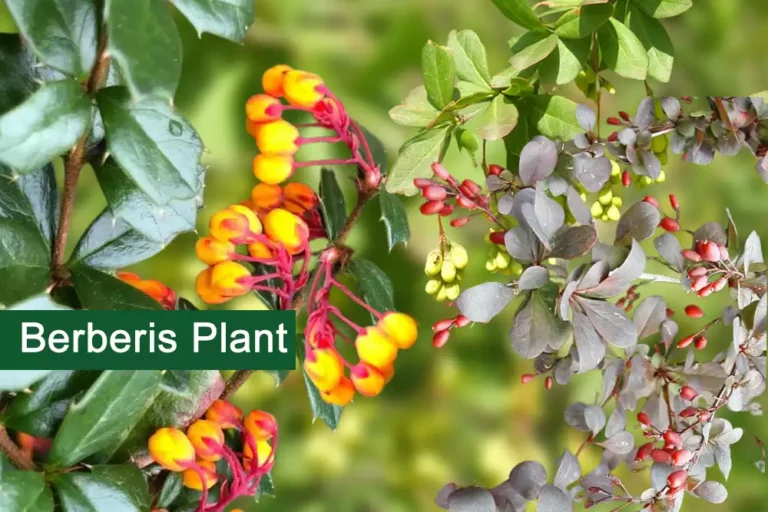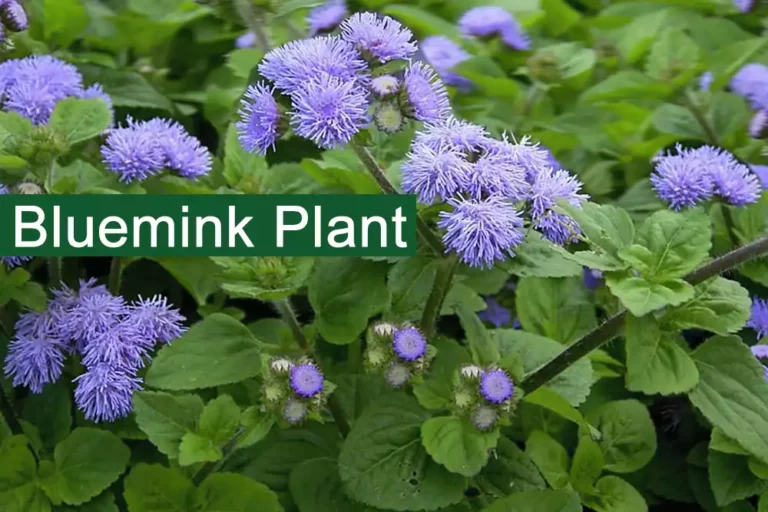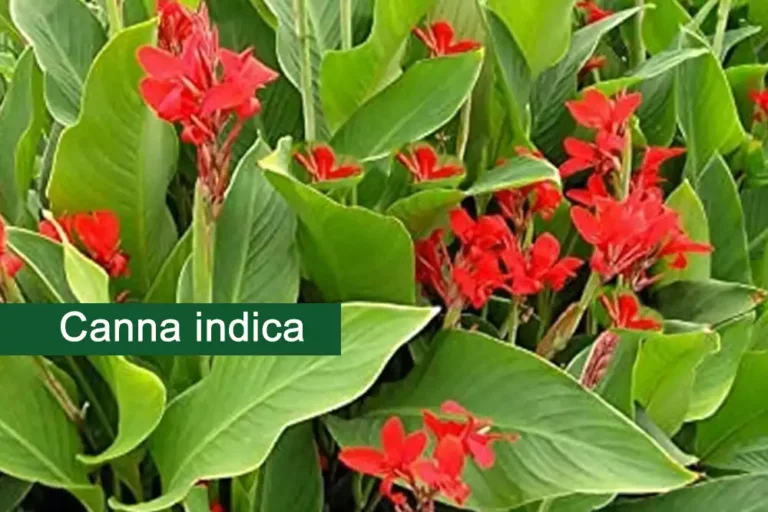Vasaka Plant (Adhatoda vasica) Uses, Benefits, and More
The Vasaka plant (Adhatoda vasica), also known as Malabar nut. Find out the medicinal uses, lung benefits, and how to identify and grow this plant, and the traditional and international uses of Vasaka and its side effects.
Table of Contents
Vasaka Plant (Malabar Nut)
Vasaka plant is a small evergreen, subherbacious bush. The Leaves are 10 to 16 cm in length, minutely pubescent and broadly lanceolate and shortly petiolate, tapering towards both apex and base. The flowers are dense, short pedunculate, bracteate, and spike terminal. The corolla is large and white with lower lip-streaked purple. The fruit is a 4-seeded small capsule.
| Botanical Name | Adhatoda vasica |
| English Name | Malabar nut, Vasaka |
| Urdu Name | Berg-e-Bansa |
| Family | Acanthaceae |
| Habit | Evergreen shrub |
| Part Used | Leaves, flowers and roots |
| Medicinal Plants | Explore |
Distribution of the Vasaka Plant
The Vasaka plant (Adhatoda vasica) is found abundantly in wild in all over India, Pothohar region of Pakistan particularly the Pharwala area.
Medicinal uses of Vasaka Plant (Malabar nut)
Folk use
The leaf juice of the Vasaka plant is especially used in anemia and hemorrhage, in traditional medicine. Flowers and leaves are used in rheumatic painful swellings, scabies and other skin complaints. Its use gives relief from gum disease.
Tib use of the Vasaka Plant
Many Ayurvedic medicines are usually made from Adhatoda Vasica (vasaka) such as Vasarishtam, Vaskasavam and Vasaharithaki which are effective in many diseases of the respiratory system. The bitter-tasting Malabar nut is a traditional remedy for chest problems.
International use
The Vasaka plant possesses strong respiratory stimulant activity, moderate hypertensive activity and cardiac-depressant effect. It is also used for treating bronchial asthma. Its leaf extract has been used for many years to treat bronchitis and asthma. It relieves cough and breathlessness.
Adhatoda vasica is also prescribed commonly for bleeding due to idiopathic thrombocytopenic purpura, local bleeding due to peptic ulcer, piles, menorrhagia, etc. The active alkaloid vasicine and its auto oxidation product vasicinone have shown bronchodilator and antihistaminic effects.
It also shows uterine stimulant activity and moderate hypertensive activity. The leaves of the Vasaka plant are also used as an insecticide and fungicide.
Culinary use
The fruit of the Malabar nut is used as a culinary spice and as flavoring for liqueurs. It is also used as a flavoring agent in culinary preparations.
Side effects of the Vasaka Plant
Adhatoda is considered safe in recommended usage and dosing. The safety of this herb has not yet been tested in children. Therefore, it should be avoided, unless directed by a medical professional.
Constituents of the Vasaka Plant
Plant contains Vasicine and vasicinone. Vasicine is accompanied by deoxyvasicine and maiontone, some minor alkaloids; vasicol, Justicia adhatoda and vasicinol also present.
Climate and Growth Conditions for Vasaka Plant
- Climate: Tropical regions.
- Temperature: Max: 32 °C, Min: 15°C
- Rainfall: 610 mm/year
- Soil: This plant prefers well-drained, sandy loam or loamy soils.
- pH Range: 5.6-7.5
- Reproduction: By seeds and cuttings
FAQs About The Vasaka Plant
-
What is the use of Vasaka?
The Vasaka plant is used to treat various respiratory issues like asthma and bronchitis. Its leaves are also used in traditional medicine to help with anemia, bleeding, and skin problems.
-
Is Vasaka good for the lungs?
Yes, Vasaka is beneficial for the lungs. It is commonly used to treat conditions like asthma and bronchitis, and it helps relieve cough and breathing difficulties.
-
What is the biological source of Vasaka plant?
The biological source of the Vasaka plant is Adhatoda Vasica. It is an evergreen shrub found in tropical regions.
-
Which disease can be cured by using the extract of Vasaka leaf?
The extract of Vasaka leaf can help treat respiratory diseases such as asthma and bronchitis. It is also used for conditions like bleeding, skin issues, and gum disease.
-
What is the use of Malabar nut plant?
The Malabar nut plant (Vasaka) is used for treating respiratory problems like asthma and cough. It is also used in traditional medicine to help with skin conditions and bleeding.
-
What is the Indian name for Malabar nut?
The Indian name for Malabar nut is Vasaka.
-
How do you identify a Malabar nut?
Malabar nut can be identified by its small evergreen bush with lance-shaped leaves and dense clusters of white flowers with purple streaks. It also produces a small capsule fruit with four seeds.
-
How do you plant Malabar nuts?
To plant Malabar nuts, sow the seeds in well-drained soil. It can also be propagated from cuttings. Ensure the soil is sandy loam or loamy and maintain a tropical climate for best growth.
-
What is Adhatoda Vasica used for?
Adhatoda Vasica, also known as Vasaka, is used to treat respiratory issues like asthma and bronchitis. It is also used for skin conditions, bleeding problems, and as an insecticide.
-
What is the local name of Adhatoda?
The local name of Adhatoda varies by region, but it is commonly known as Vasaka.
-
What is the Urdu name for Adhatoda Vasica?
The Urdu name for Adhatoda vasica is Berg-e-Bansa.

